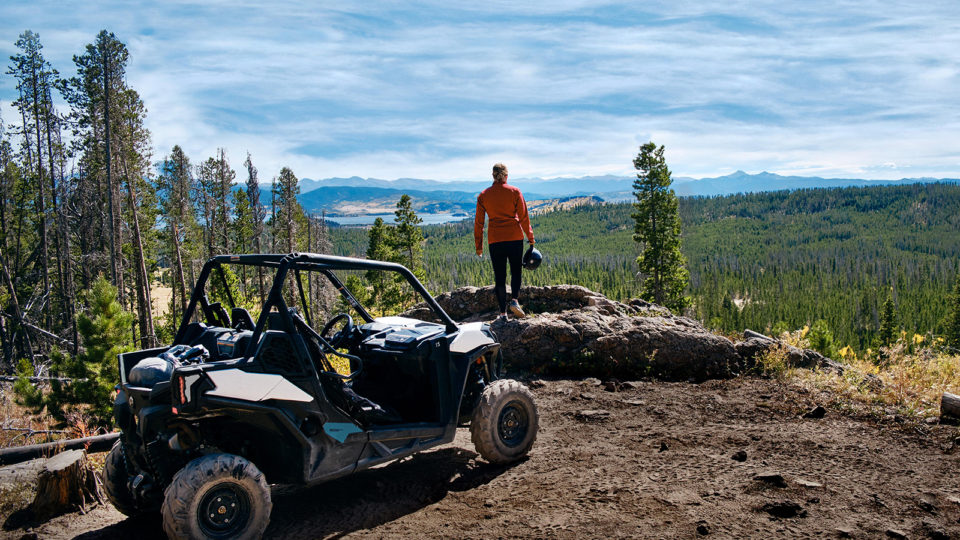Get in Gear: How to Start Off-Roading in Colorado
When it's safe to explore the high country, use this manual for learning the ins and outs of a quintessential Rocky Mountain pursuit.

Hiking, camping, mountain biking, skiing, white-water rafting, rock climbing, fly-fishing—all of these pursuits, and others like them, have come to define what it means to play outside in the Centennial State. For many Coloradans, though, that list is woefully incomplete without a mention of off-roading. Notwithstanding the notion that the pastime is somehow less pure than human-powered activities, and despite the fact that studies show it can be especially damaging to our outdoor spaces, the off-road—or, as it’s called now, the off-highway vehicle (OHV)—community here in Colorado is thriving. Not only is it large, well established, and incredibly active (dozens of local OHV clubs operate in the state), but it also recently gained an enormous amount of credibility from an unexpected source: economic reports.
In September 2019, data released by the U.S. Bureau of Economic Analysis showed OHV usage is among the top five largest conventional outdoor recreation activities in the country, when ranked by contribution to gross domestic product. In Colorado, the numbers are significant too: According to a 2017 Outdoor Industry Association report, off-roading in Colorado generates $1.36 billion of the state’s annual $28 billion in consumer spending on outdoor recreation. That makes it the number six moneymaking activity in the industry here. “We like seeing these numbers,” says Andria Yu of the Recreational Off-Highway Vehicle Association. “They help us explain how important OHV recreation is to local economies and help us advocate for responsible access to trails nationwide.”
Fortunately, trail access isn’t a major concern here in the Centennial State (although pandemic-related orders could restrict the season, outfitters’ business operations may be limited this summer, and some gateway towns might be low on seasonal employees). “In the OHV space, Colorado is unique,” says Duane Taylor of the National Off-Highway Vehicle Conservation Council, “in that time, effort, and commitment on the part of land management agencies, nonprofit organizations, and municipalities are put into keeping multiuse trails open and working for everyone.” Of course, that doesn’t mean everyone has the experience or know-how to safely and responsibly enjoy a pursuit that can be vastly more complicated—and dangerous—than it appears. “With so many people moving to our state,” says Fletcher Jacobs, state trails program manager with the Colorado Department of Natural Resources, “it’s possible that new residents may not understand things like permitting and resource damage.” With all of that in mind, we decided to air down our tires, firmly grip the overhead grab handles, and learn what it takes to break into a pastime that’s just about as Colorado as it gets.
At press time, Denver’s pandemic-related orders restricted many outdoor excursions. When those orders are lifted, however, you should still consider staying off trails to lessen impact on gateway towns and search-and-rescue teams.

Finding the Right OHV for You

Can My 4×4 Handle That?

Beginner Trails: Arapaho National Forest

Understanding Trail Signs

Beginner Trails: San Juan National Forest

The Environmental Impact of OHV Recreation

Beginner Trails: White River National Forest

Must-Have Gear for Off-Roading




